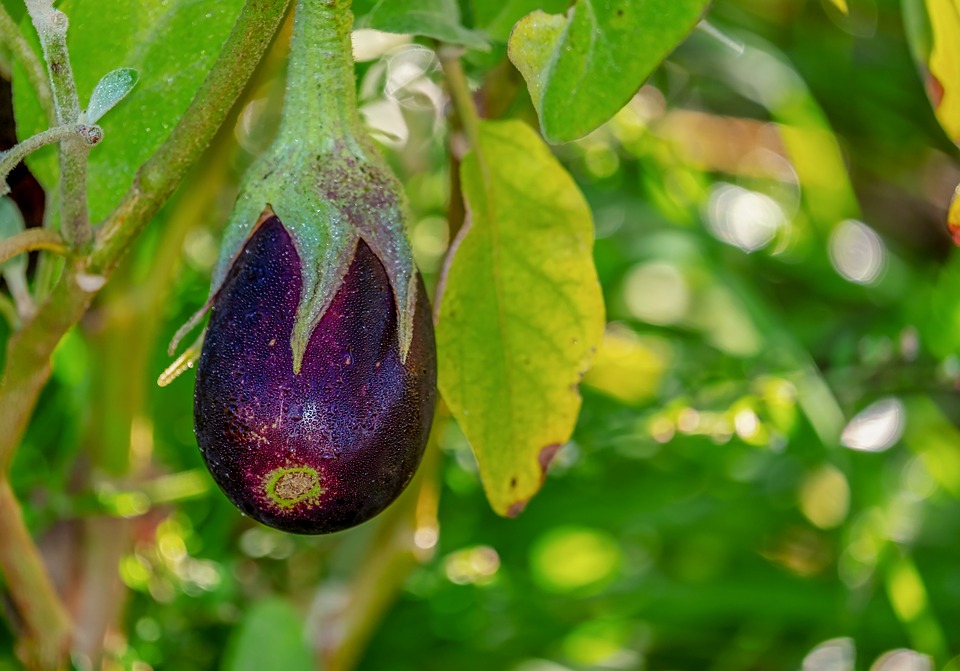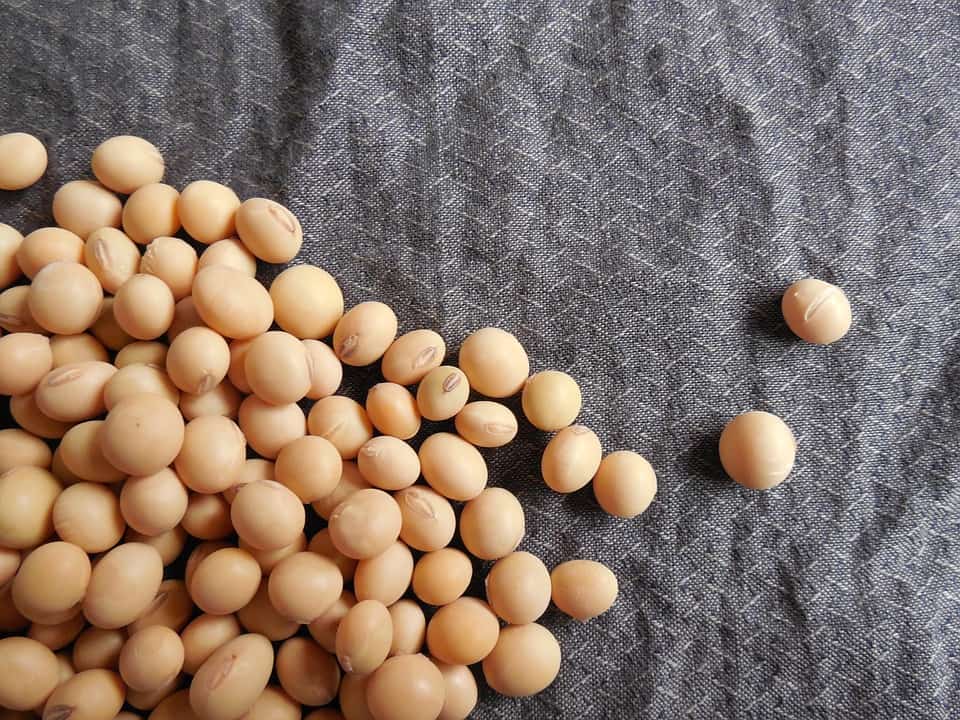Everything you need to know about the legendary French cheese, Brie
Among all the variety of dairy products cheeses are very popular: they are nutritious, good on the holiday table and for our daily diet. Cheese recipes are varied, as cheese is present in most cuisines of the world, and each nation develops its own cooking options using this product.
Brie cheese is the gastronomic pride of France. This is what my blog post is about today.
Some love it, others are confused by the presence of mold. Domestic manufacturers master the secrets of brie production quite successfully. To part with doubts about this product, you need to get to know it better.
General information:
Brie – a variety of soft cheese covered with white mold, originally from France. Brie – the name of the French region near Paris, where for the first time the production of this delicacy began.
Appearance:
Traditionally, the head of brie cheese is a circle with a diameter of up to 60cm and a height of up to 5 cm. Today, manufacturers also produce brie batch weights of 120, 125, and 150g.
The surface of a high-quality cheese is evenly covered with snow-white mold. It has a velvety, tender to the touch texture. On the surface, there may be yellow or reddish streaks.
Under the mold layer, there is a creamy milky mass with a white or yellowish tint, which seems to be liquid towards the center of the head but does not spread. The internal consistency of the cheese changes as it ripens: from elastic and hard to soft.
Flavor characteristics:
Cheese is a living product and its taste changes as it matures. Keep in mind that the shelf life of French cheese is about 30-35 days.
The taste of a young batch (up to 10 days matured) is gentle, salty milk, not sharp. Starting acquaintance with a French delicacy is best with a young cheese.
More mature products acquire a sharp, bitter taste, which is often called ammonia. The lower the cheese head, the sharper it is. Over-grown brie has a poisonous ammonia smell and is not to be consumed.
Nutritional properties of cheese (per 100 g of product):
Calorie content – from 290 to 350 Kcal.
Fat –28
Carbohydrates – 0.5 g.
Fat –28
Carbohydrates – 0.5 g.
Composition and production technology:
For the preparation of brie, cow’s milk, salt, rennet milk-clotting enzyme, and mold bacteria are used. The classic formula uses fresh milk, but modern manufacturers often use pasteurized milk for safety.
Brie preparation steps:
1. Milk is heated to 38°C, after which a clotting enzyme is added.
2. Wait about 2 hours. An important secret of mastery: high-quality serum removal.
3. The heads of the cheese are left to ripen for 7 days, during which they are methodically turned over.
4. After a week, the cheese is covered with bacterial spores. They grow and form a layer of velvety mold, which is responsible for the unique taste and nutritional benefits of brie.
5. Maturation lasts for 30 days, during which the texture and taste change.
Making brie does not depend on the season and is carried out manually.
2. Wait about 2 hours. An important secret of mastery: high-quality serum removal.
3. The heads of the cheese are left to ripen for 7 days, during which they are methodically turned over.
4. After a week, the cheese is covered with bacterial spores. They grow and form a layer of velvety mold, which is responsible for the unique taste and nutritional benefits of brie.
5. Maturation lasts for 30 days, during which the texture and taste change.
Making brie does not depend on the season and is carried out manually.
History of this delicacy:
Brie is one of the oldest varieties of cheese. There is a version of the origin of the delicious French cheese with mold.
The milk of French breeds of cows has traditionally been distinguished by high quality and fat content, to a large extent contributed to the very favorable climatic conditions of the country. Peasants traded in fresh produce, while products from it were considered secondary and were used by the common people for food.
When the technologies for the production of butter and cheese remained at the initial stage of development, both products hardly differed from each other and periodically molded. Over time, the side effects of milk production were not only accustomed to but also appreciated the taste and benefits of mold. The solution of mold fungi began to be applied to the cheese blanks purposefully.
Some historical facts:
In 744 we find the first written mention of the delicacy.
In the late 8th century – cheese is delivered to the court of Emperor Charlemagne. Brie is a luxury product for the highest strata of French society.
1791 – In the midst of the Great French Revolution, the overthrown King Louis XVI tries to flee the country. Unable to resist the strong temptation to eat brie cheese, he stops in Varenna near the town of Mo – the center of production of the best cheese. In passing, the hated monarch was spotted and Louis appeared before the court of revolution and was soon executed.





